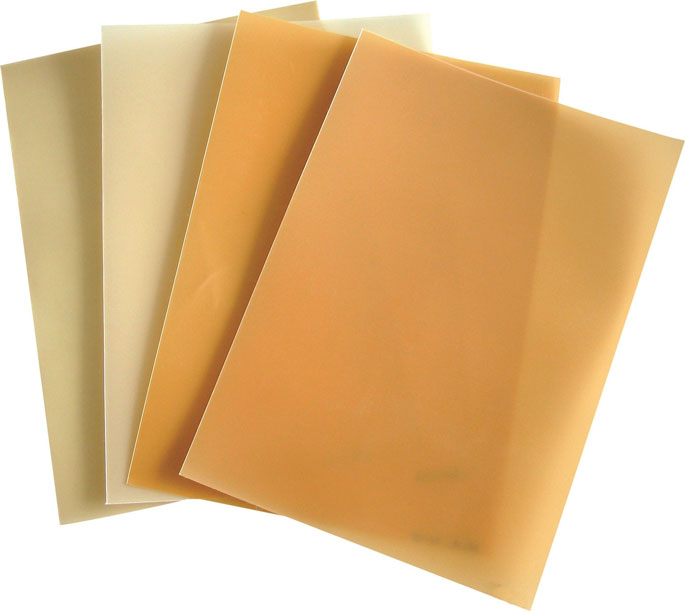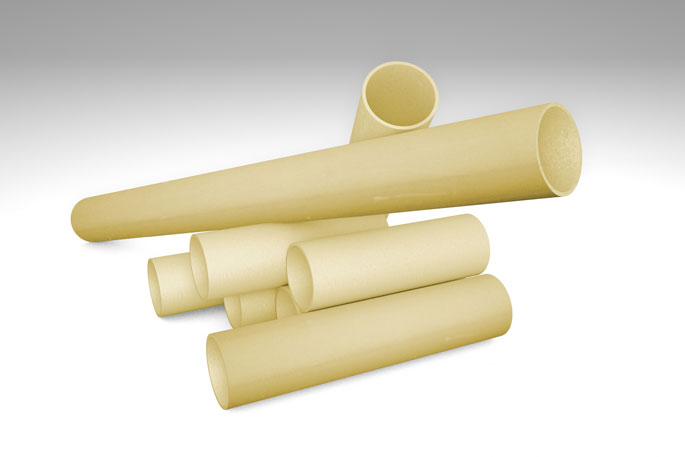A heterogeneous membrane is a highly filled polymeric composite, consisting of very finely ground polymeric particles with ion-exchange functional groups, embedded in an inert polymeric matrix with the reinforcing textile that improves mechanical properties of the membrane.
One characteristic feature of ion-exchange membranes is their functional (ionogeneous) groups, covalently bound to the polymeric skeleton. The charge of ions bound in the membrane is balanced by an equivalent charge, so-called anti-ion. If the polymer is placed in an aqueous solution, it swells and becomes plastic. In the swollen polymer, anti-ions can move freely due to the diffusion mechanism or influence of the electric field. On the assumption that the electric neutrality is maintained, anti-ions can emerge from the membrane and enter it from the surrounding solution. In the electric field, the membrane behaves as an ion conductor, letting through ions of one charge type with a high selectivity.
Cation-exchange membranes transmit cations and anion-exchange membranes transmit anions, while both types of membranes block the hydrodynamic flow of the solvent.
The selectivity and blocking of the flow are used in individual processes. These mainly include separation, demineralization and concentration processes in electrodialysis, electrophoresis, electrolysis, electrodeionization etc. The selective permeability for certain substances causes that transmission of some substances is slowed down considerably or even blocked, while the preferred components permeate very easily.

The membrane department of the company MemBrain s.r.o. deals with the following activities:
Optimization of the composition of heterogeneous ion-exchange membranes
- Improvement of separation characteristics of membranes and of the subsequent separation process
- Modification of its composition and properties suitable for various applications
- Price reduction and increase of competitiveness
Optimization and development of new technologies to produce heterogeneous membranes
- Pre-treatment of ion-exchangers
- Preparation of membrane composite
- Production of laminated or non-laminated membranes
- Swelling and formatting of membranes
Development of new types of heterogeneous membranes for specific purposes
- Profiled membranes
- Bipolar membranes (more in attached file below)
- Tubular seamless membranes

Cooperation with research institutions and production sphere
- Cooperation on development of new types of membranes, e.g. for fuel cells
- Analysis of operationally loaded membranes with feedback to their modification



